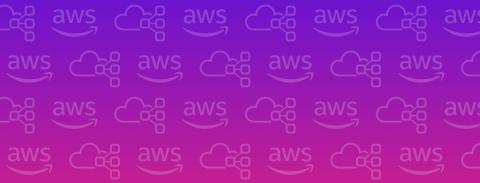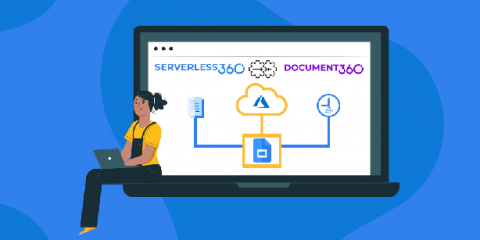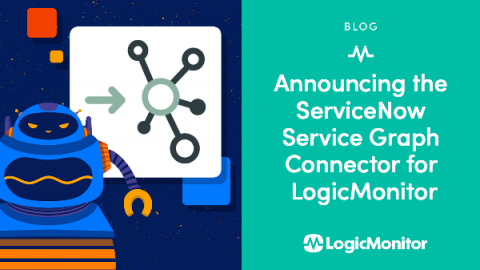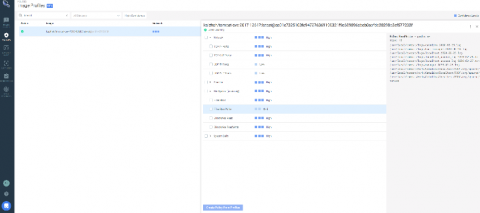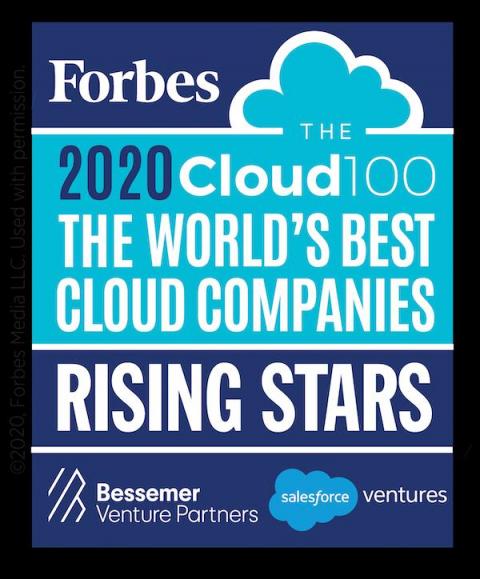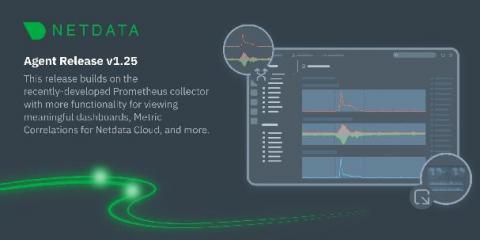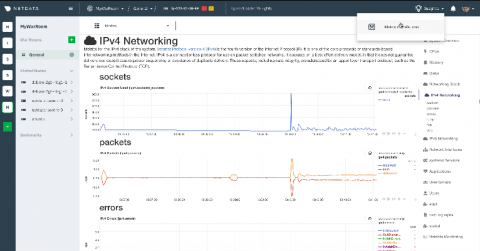Introducing Boolean-filtered metric queries
Health and performance issues are easier to understand—and to troubleshoot—when you can use tags to aggregate your data across many overlapping scopes. But while some scopes come directly from your infrastructure, others are constantly evolving to reflect the needs of your product or organization. You can only track your data effectively if you can define—and redefine—your scopes on the fly.



